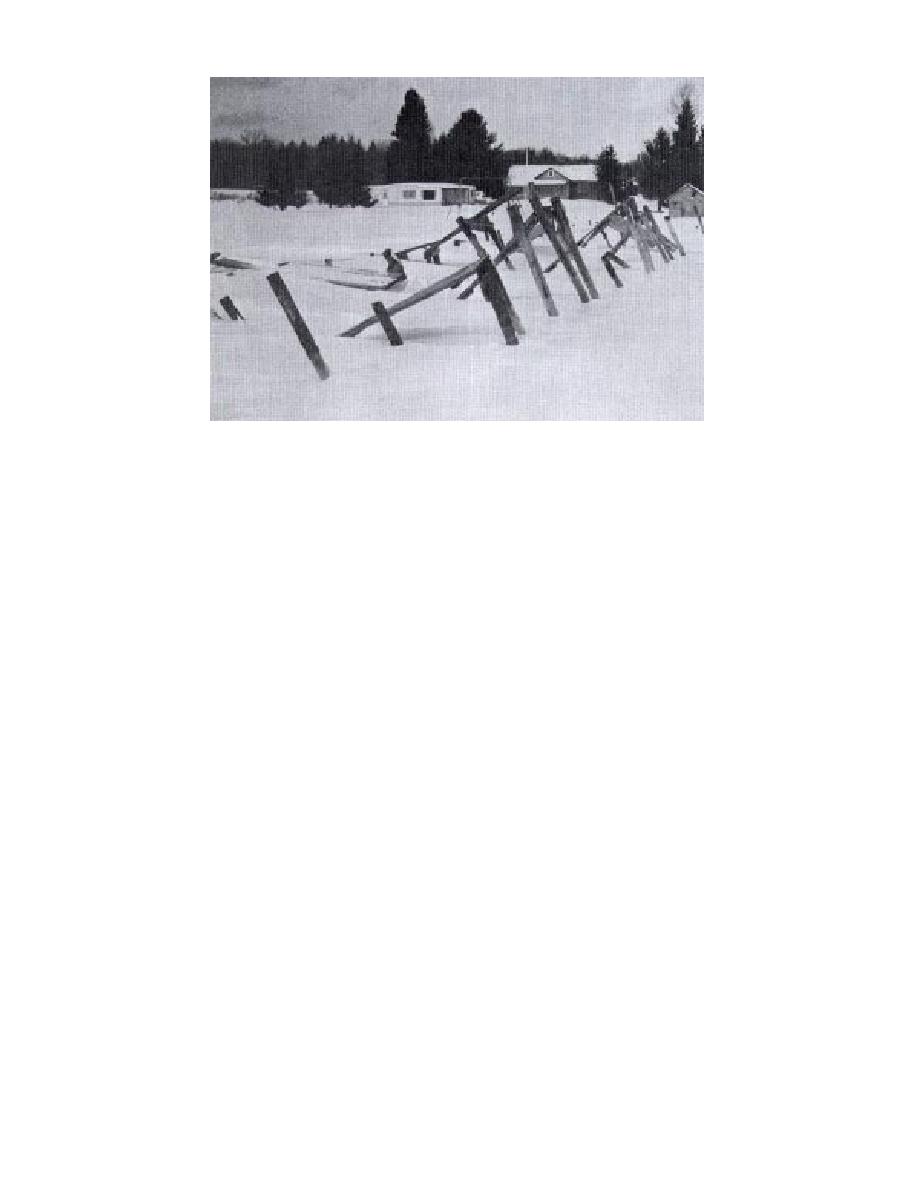
Figure 10. Series of finger piers damaged by ice jacking.
lifts the pile from the soil, and the void under the
the potential to cause damage if it destroys the
bottom tip of the pile fills in. When the water level
arch, causing an ice run. However, this arch has
drops, the weight of the ice is supported by the
also been disrupted naturally during periods with
skin friction and point bearing of the pile. Since
high winds. Vessels could also influence horizontal
the pile is not driven into the soil as easily as it is
ice loading if they generate significant drawdown
pulled out, if the water level continues to drop,
and surge, since the associated water movements
the ice will break and the ice sheet will drop rela-
can exert drag forces on the underside of an ice
tive to the pile. The ice may then refreeze to the
cover, leading to horizontal forces on an ice-bound
structure.
pile but at a lower position on the pile. This pro-
cess occurs in cycles throughout the winter, gradu-
ally "jacking" the pile completely out of the soil.
Vertical ice forces
Figure 10 shows a series of finger piers damaged
A major source of damage is the vertical move-
by ice jacking.
ment of an ice sheet. On any large body of water
With moderate water level fluctuations of suf-
the water level constantly fluctuates. Coastal varia-
ficient frequency, cracks in the ice sheet around
tions are primarily due to tides, while on large
structures may not refreeze, and a permanently
lakes, barometric pressure fluctuations, wind set-
open, active crack may result (Fig. 11). This crack
up, runoff and seiche action contribute. During
may serve as a vertical force release mechanism.
periods of open water the normal fluctuations are
One method of structure protection that takes ad-
relatively harmless. In conjunction with an ice
vantage of this concept is to surround a structure
sheet that is firmly attached to the structures, these
with pile clusters, as in Figure 12, that resist up-
fluctuations can exert large vertical forces through
lift and force an active crack to form around it. If
the floating ice cover. For the confined channel
the crack passes through a dock, if the water level
areas of the Great Lakes, the drawdown and surge
fluctuations are large or infrequent, this protec-
generated by vessel passage can be a major fac-
tive mechanism is lost (Fig. 13).
tor.
If piles resist uplifting, continuing water level
The structures that typically suffer the most
fluctuations may cause the ice to break around
damage are light-duty pile-supported piers, such
the pile, and an accumulation of ice rubble may
as those constructed for pleasure boaters. Designed
develop. These accumulations can develop to the
for summer activity, the support piles have very
point where they damage the horizontal mem-
little skin friction resistance to an upward force.
bers of a dock. Docks can also be damaged if the
When the water level rises, the buoyant ice sheet
15



 Previous Page
Previous Page
